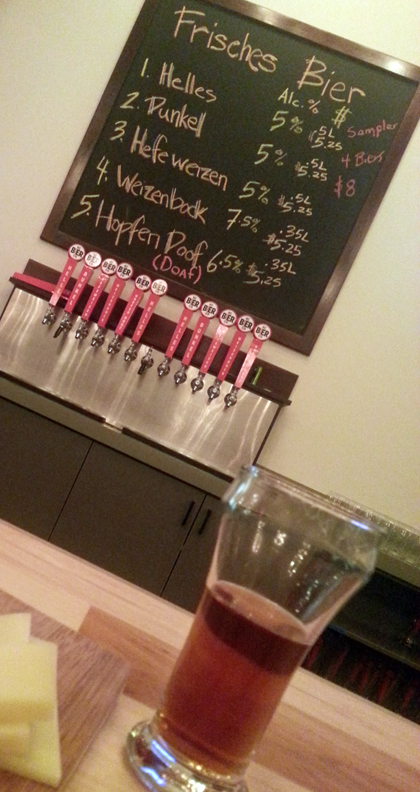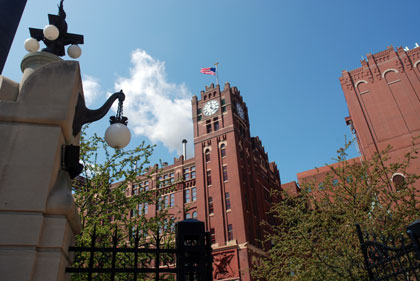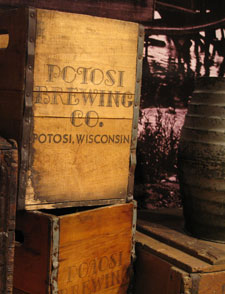MONDAY BEER LINKS, MUSING 03.24.14
Corona Takes Aim at Craft Tap Handles. Passed along because I learned in this article that Corona Light has 18 IBUs. “The consumer today — with the increase in micro-breweries, craft beer and digital media — is more sophisticated. Now they understand IBUs. If you mentioned that 10 years ago to a consumer, they might not have known.” Beware of anybody who tells you they understand IBUs. [Via Brewhound]
Remembering Dr. James Kollar (1946 – 2014) — Chesbay founder, craft beer pioneer. The brewery lasted only from 1984 until 1988, but its influence remains today. [Via Yours in Good Fermentables]
A View from the Notch. Chris Lohring at Notch Brewing talks with Max Bahnson about his decision not to renew his membership in the Brewers Association, and also about contract brewing. [Via Pivní Filosof]
Is there too much Oregon beer? Not yet, economist says. “Damon Runberg said he sees the potential for market saturation of the bigger regional breweries, but still lots of room for smaller brewpubs that serve a specific community or neighborhood.” [Via The Oregonian]
Micropubs – revolution or fad? From Martyn Cornell: “So far the micropub movement has avoided any sort of critical backlash – but I fear it won’t be long before another definition of ‘micropub’ appears, based on a TripAdvisor review of the ‘original’ micropub, The Butcher’s Arms in Herne, Kent: ‘Five grumpy old men in a 10ft square space.'” [Via Propel.info]
Are Standing Tasting Bars Better than Seated? The drink is wine and “better” means sales, but maybe people who post beer ratings should include a note about if they are seated or standing when taking notes. [Via SVB on Wine]

 Doug Hoverson writes this:
Doug Hoverson writes this: And I’m pretty sure I will be revisiting Hoverson’s article often. It nicely summarizes why it matters to a town when a going business disappears. He writes, “The story of Potosi’s brewery from 1852-1972 is important not because it was unique, but rather because it was typical of the founding, growth and decline of so many American breweries.” The brewery outlasted most and was still making a profit when the Schumacher family closed the doors, the “next generation” no longer interest in keeping it going. Not only did 45 brewery workers lose their jobs, but there were the ripple effects. Railroad business at the depot declined, local businesses that supplied the brewery and its workers closed. And, one employee of a tavern said, “while we will still be able to get it (nearby Huber Brewing bought some of the brands) it just won’t be the same. It won’t be a local beer.”
And I’m pretty sure I will be revisiting Hoverson’s article often. It nicely summarizes why it matters to a town when a going business disappears. He writes, “The story of Potosi’s brewery from 1852-1972 is important not because it was unique, but rather because it was typical of the founding, growth and decline of so many American breweries.” The brewery outlasted most and was still making a profit when the Schumacher family closed the doors, the “next generation” no longer interest in keeping it going. Not only did 45 brewery workers lose their jobs, but there were the ripple effects. Railroad business at the depot declined, local businesses that supplied the brewery and its workers closed. And, one employee of a tavern said, “while we will still be able to get it (nearby Huber Brewing bought some of the brands) it just won’t be the same. It won’t be a local beer.”